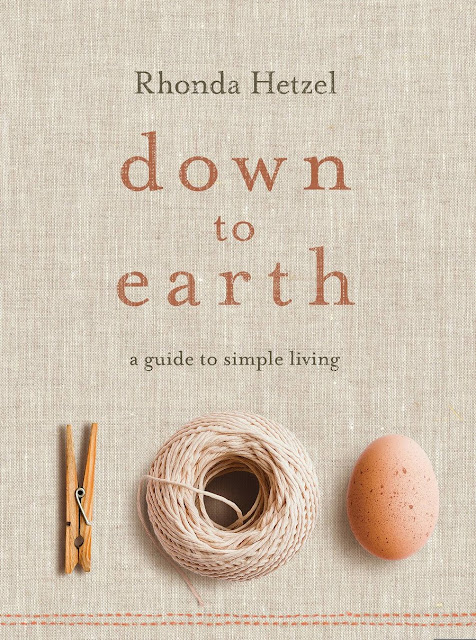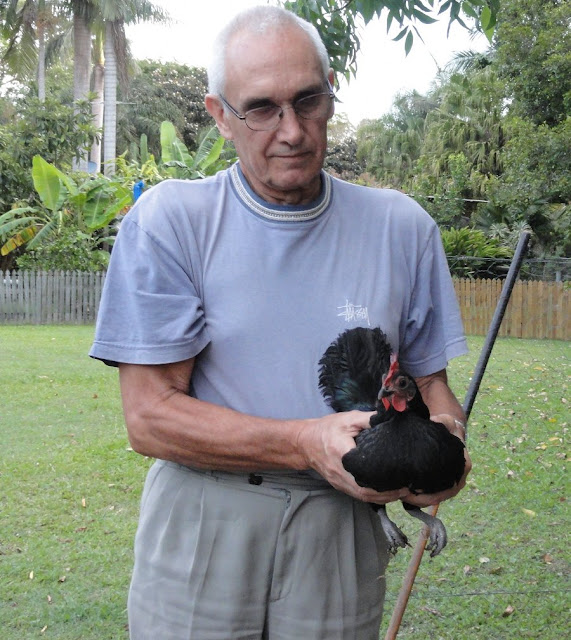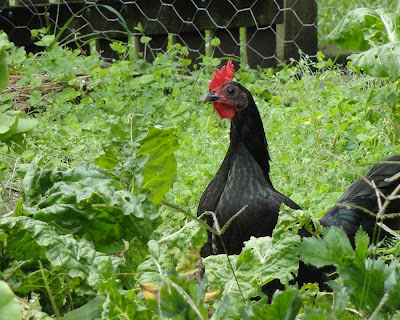I can't tell you how much we appreciate the good wishes and loving words sent yesterday. Thank you all.
There are a few ways to get the taste and smell of lemon into your cooking and cleaning products without having to use fresh lemons. The best way is to use lemon myrtle or citric acid. Lemon myrtle has a wonderful lemon sherbet scent that is almost addictive.
We are growing lemon myrtle here to use in our soap, but it's also great in baking and for cleaning. Studies have shown that the antiseptic elements in lemon myrtle are stronger and more effective than those in tea tree or eucalyptus. All these plants are indigenous to Australia. So if you have lemon myrtle growing in your garden, use it in the home as well as outside as an attractive part of the greenery. A Lemon Myrtle will grow to about 20 metres (about 66 feet) if you let it but they're easily clipped back and will make a tidy bush if you keep clipping. Those clippings can be taken inside for use in a number of ways.
You can make lemon myrtle vinegar by steeping three or four leaves in a bottle of white vinegar for two weeks. This lemony vinegar can be used as part of a salad dressing or on fish but it also makes an excellent cleaner. Lemon myrtle also makes a delicious tea.
~*~*~
There are a few ways to get the taste and smell of lemon into your cooking and cleaning products without having to use fresh lemons. The best way is to use lemon myrtle or citric acid. Lemon myrtle has a wonderful lemon sherbet scent that is almost addictive.
We are growing lemon myrtle here to use in our soap, but it's also great in baking and for cleaning. Studies have shown that the antiseptic elements in lemon myrtle are stronger and more effective than those in tea tree or eucalyptus. All these plants are indigenous to Australia. So if you have lemon myrtle growing in your garden, use it in the home as well as outside as an attractive part of the greenery. A Lemon Myrtle will grow to about 20 metres (about 66 feet) if you let it but they're easily clipped back and will make a tidy bush if you keep clipping. Those clippings can be taken inside for use in a number of ways.
You can make lemon myrtle vinegar by steeping three or four leaves in a bottle of white vinegar for two weeks. This lemony vinegar can be used as part of a salad dressing or on fish but it also makes an excellent cleaner. Lemon myrtle also makes a delicious tea.
LEMON MYRTLE
My friend Aunty Bevelry is doing some cultural tours of her country here on the Sunshine Coast during December and she asked me to bake some wattle seed scones and lemon myrtle biscuits for morning teas. I'm using Paula's "cheap and easy biscuits" recipe from the Down to Earth forums to make them. This is an excellent all round biscuit dough that can be modified to different tastes just by adding a sprinkling of dried lemon myrtle, jam, nuts, choc chips, spices, honey etc. This is it:
The recipe makes almost 100 biscuits but the dough can be divided up and frozen to use when you need a quick batch of fresh biscuits.
- 500 grams/ 1 pound butter - slightly soft
- 1 cup sugar
- 1 can sweetened condensed milk
- 5 cups wholemeal or unbleached white self raising flour
Cream the butter and sugar then add the condensed milk and mix well. Stir in flour until everything is completely mixed. The dough should be soft and slightly moist; if it's too dry, add a dash of milk. Roll into balls and flatten into a biscuit/cookie shape or roll out flat and cut with a biscuit/cookie cutter. Before baking, I sprinkle the tops with a little sugar and dried lemon myrtle.
Place on a cookie tray, put the tray in the fridge for 10 minutes to cool the mix, then bake on 180C for 10 minutes. When cooked, cool on rack and store in an air-tight jar.
This biscuit recipe is also great for jam drops, walnut or almond biscuits, or with choc chips mixed through the dough.
CITRIC ACID
Citric acid is found in quite large amounts in citrus and some berries. It can be used to replace fresh lemon in jams and fruit drinks. It's a natural preservative but it has a sour lemony taste so it's useful in cordials as well. When I make lemon cordial, I make it using half pure lemon juice and half syrup, then I dilute that in water to make up the drink, but there are other ways of making lemon cordial, here is a popular old fashioned recipe:
Citric acid can also be used to food in jars - in north America that is called canning, in the UK and Australia it's called preserving. Citric acid is used to retain colour in preserved vegetables and to increase the acidity in the jar. Clostridium botulinum, the bacteria that causes botulism, cannot grow in high acidic conditions. How to preserve/can whole tomatoes.
CITRIC ACID - CLEANING
Mix a strong concentration of citric acid in water - 1 tablespoon of citric acid to 1 cup of water to remove hard water stains from the shower glass.
CITRIC ACID - CLEANING
Mix a strong concentration of citric acid in water - 1 tablespoon of citric acid to 1 cup of water to remove hard water stains from the shower glass.
How to descale your coffee maker using citric acid.
To remove rust from your cast iron cookware. Make a paste of a ½ tablespoon of citric acid and ½ teaspoon of water. Rub the past over the cast iron pan and let it sit for five minutes. Rub the rust spots thoroughly, then clean the panw with soap and water, and rinse. When the pan is dry, sit it on the stove over medium heat for one minute to remove all traces of moisture, then allow to cool. When it is, wipe olive oil over the pan to season.
I have no doubt many of you will have more lemony hints and tips. Please add them in the comments because I'd love to find more ways to cook and clean with these products.
I have no doubt many of you will have more lemony hints and tips. Please add them in the comments because I'd love to find more ways to cook and clean with these products.
























































